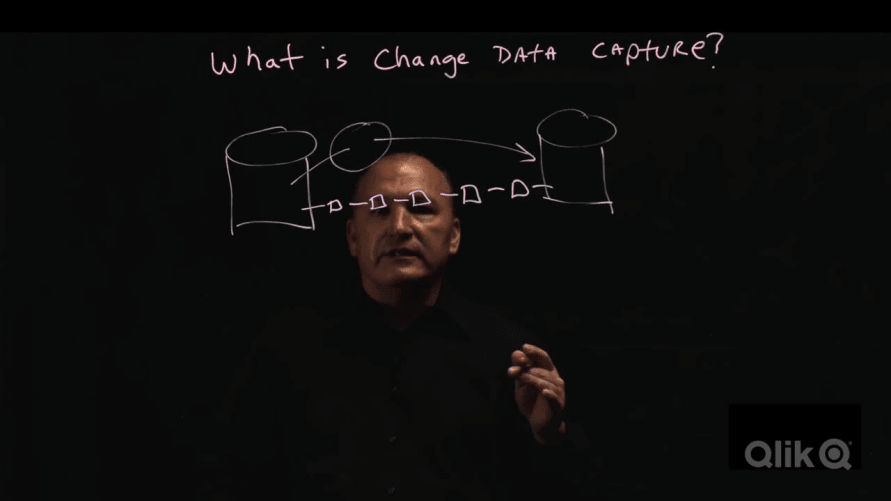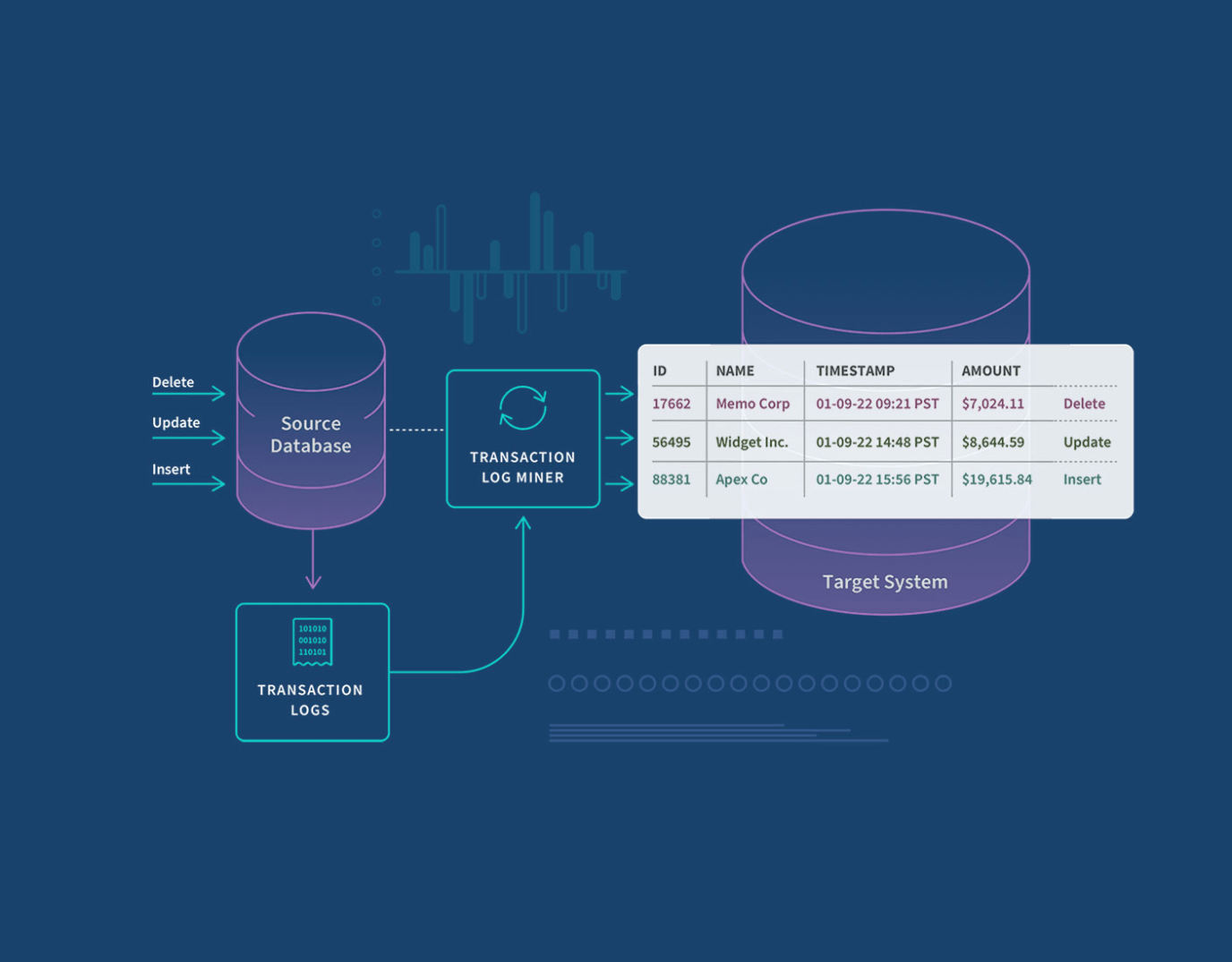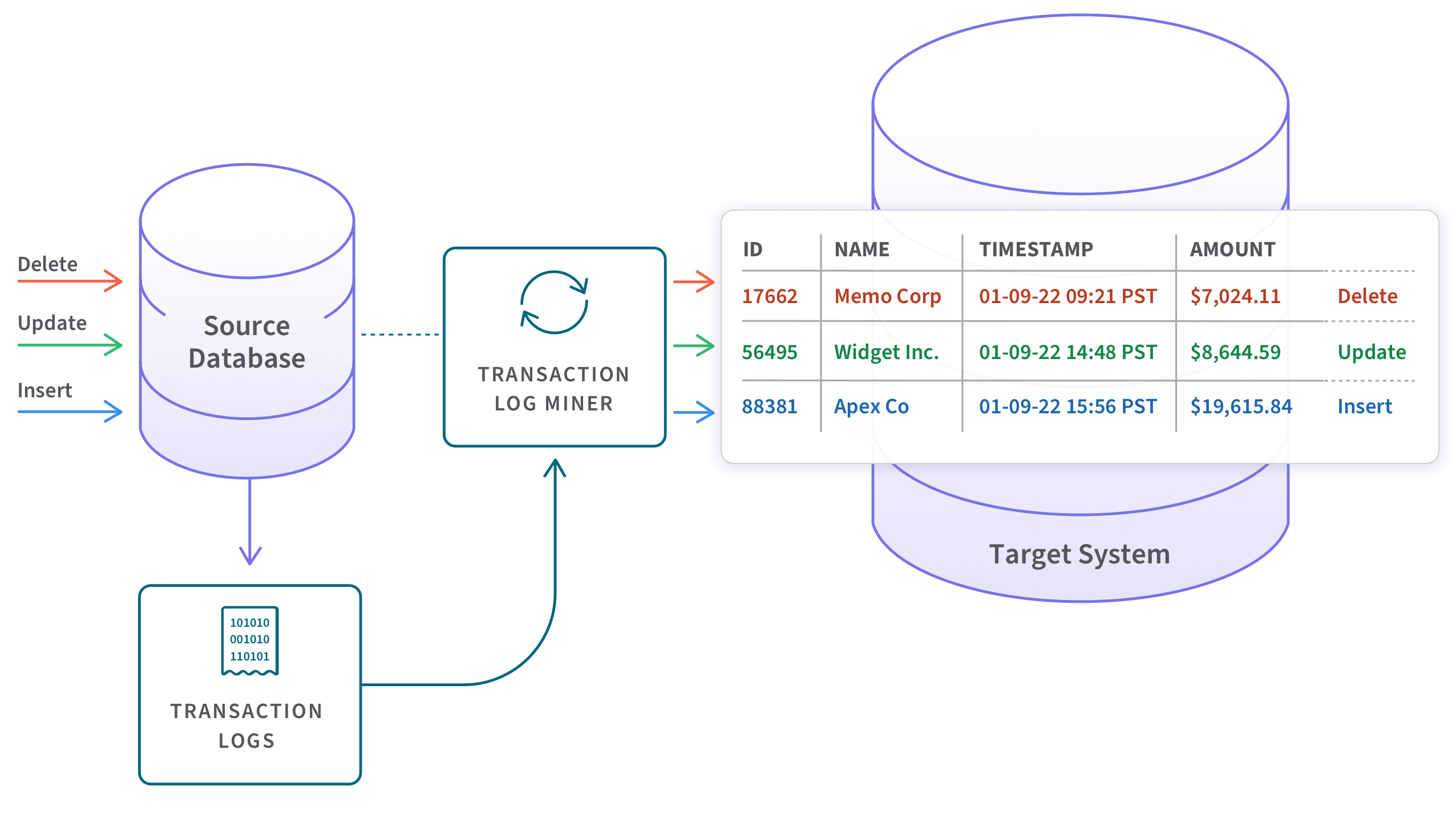Why it Matters
Simply put, change data capture keeps your systems in sync. And if like many companies today, you have a high-velocity data environment and your teams need to make time-sensitive decisions, keeping data in sync is critical.
CDC SQL Server helps you integrate data faster and use fewer system resources. This is because log-based CDC is a highly efficient approach for limiting impact on the source extract when loading new data. You no longer need to deal with batch windows and bulk load updating. Instead, you can enable incremental loading or real-time streaming of data changes into your target.
SQL Server table CDC supports key use cases such as:
Reliably replicating source data in real-time
Supporting real-time analytics and data science
Creating an operational data store
Moving data into a data warehouse or data lake
Supporting zero-downtime cloud migrations
Helping achieve overall data integrity.
Supporting fraud protection
Moving and synchronizing data across a wide area network and geographically distributed systems. This makes it perfect for modern cloud architectures. Microsoft SQL Server CDC is also well suited for moving data into a stream processing solution like Apache Kafka.


















































